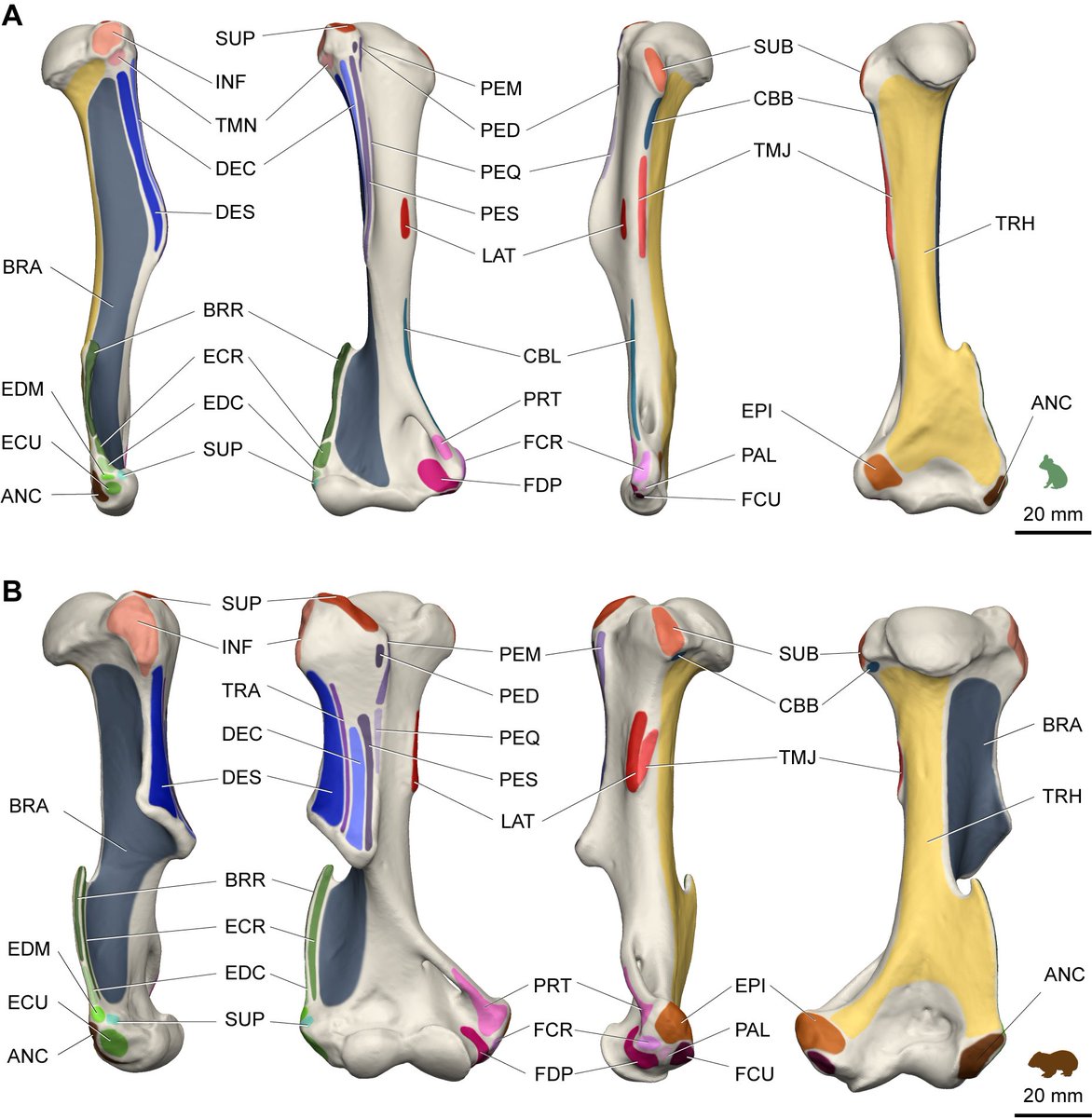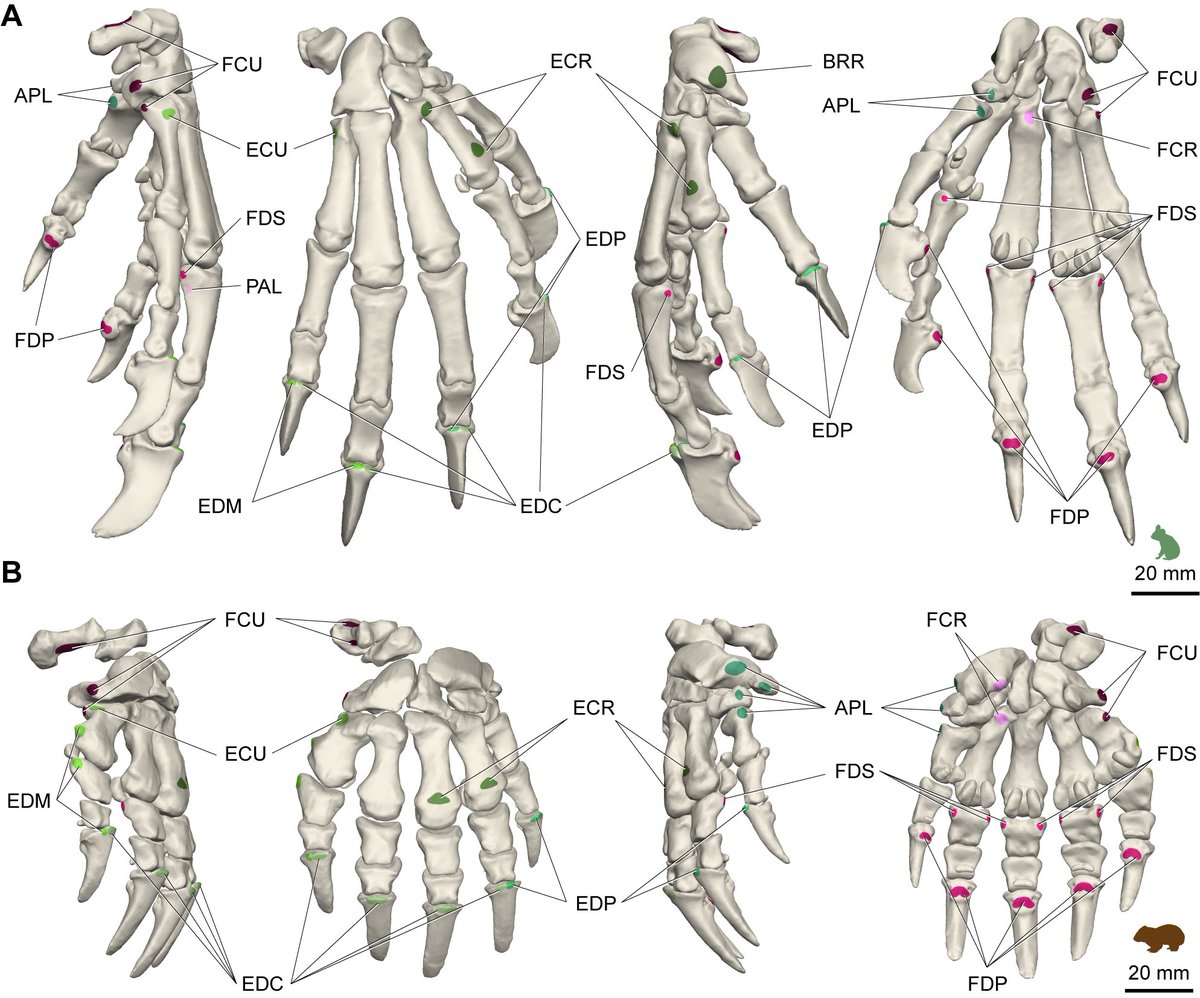
Evans EvoMorph Lab
@evansevomorph
Lab group of Alistair Evans @DrTeethAl on evolutionary morphology at Monash University, Australia
ID: 715037516009709568
http://evomorph.org 30-03-2016 04:46:43
226 Tweet
632 Followers
210 Following

Honoured to be awarded #discoveryproject from Australian Research Council to investigate the growth and evolution of dinosaurs and birds over the next three years! With @Dr. Joy_RichmanUBC , Field Palaeobiology Research Group and Kate Garland . School of Biological Sciences, Monash Evans EvoMorph Lab
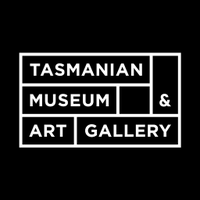

It’s nubbin’ time! Our new paper on skink limb reduction and its environmental associations is out: doi.org/10.1111/jbi.14…. Thanks to Alistair Evans ChappleLab Christy Hipsley Shai Meiri Mark Hutchinson Alex Slavenko Rodolfo Anderson. Check out our graphical abstract [thread]:
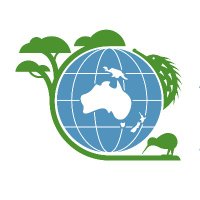
🚨 Job alert: Lecturer position in Zoology at Unimelb BioSciences UniMelb ⬇️

SAVE THE DATE! CAVEPS - Conference on Australasian Vertebrate Evolution, Palaeontology and Systematics - in Melbourne 27-30 Nov 2023. Monash University Museums Victoria Logo competition open until end Jan 2023. Alistair Evans Erich Fitzgerald and Justin Adams


On #TrilobiteTuesday I'm keen to say my first lead-author paper is, at long last, published in Evolution Journal! We find that segments developing in the tail region of trilobites follows a simple developmental rule that matches what is seen in vertebrates. academic.oup.com/evolut/advance…








Come chat to me about this or other functional morphology stuff at #ICVM2023 in Cairns at the Saturday poster session, 4pm 29 July! Thanks to coauthors Alistair Evans & Justin Adams, and to Dr David Hocking for the title (evoking my mood trying to finish this study during COVID lockdowns)
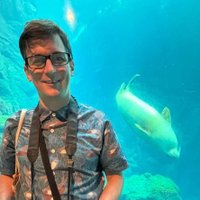
New paper by my colleagues and I on the reproductive anatomy of a leopard seal 🦭 Leopard seal reproduction is mostly unknown. This note from a Monash University dissection discusses the importance of morphology in providing some clues. Open access paper here: doi.org/10.1111/mms.13…

Monash University Thanks to my coauthors Dr Hazel L Richards Dr Tahlia Pollock Dr David Hocking and Alistair Evans for assisting with the dissection and paper on some fairly obscure leopard seal anatomy. Link to paper in above tweet.

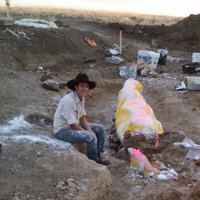
new episode of #palsinpalaeo with Jake Kotevski from the Evans EvoMorph Lab to talk about #megaraptors spotify.link/rgCjEvfnaEb



Lab member William Parker tells us all about the wonders of kangaroo teeth! theconversation.com/kangaroo-teeth…




